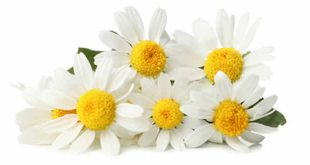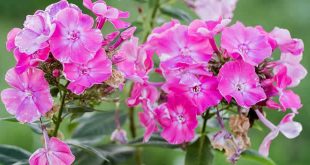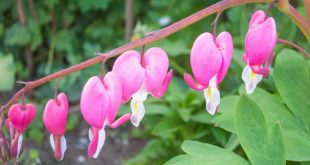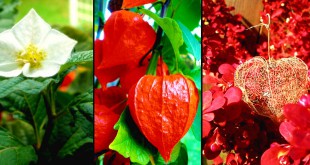 Senna — Senna (from Arabic sana), the sennas, is a large genus of around 250 species of flowering plants in the family Fabaceae, subfamily Caesalpinioideae. This diverse genus is native throughout the tropics, with a small number of species reaching into temperate regions. Almost all species were at one time or another placed in Cassia, a close relative which until recent decades served as a “wastebin taxon” to hold all Cassiinae. The species were reassigned by Howard Samuel Irwin and Rupert Charles Barneby, but this process is not entirely complete and some corrections may still take place.
Senna — Senna (from Arabic sana), the sennas, is a large genus of around 250 species of flowering plants in the family Fabaceae, subfamily Caesalpinioideae. This diverse genus is native throughout the tropics, with a small number of species reaching into temperate regions. Almost all species were at one time or another placed in Cassia, a close relative which until recent decades served as a “wastebin taxon” to hold all Cassiinae. The species were reassigned by Howard Samuel Irwin and Rupert Charles Barneby, but this process is not entirely complete and some corrections may still take place.
Typically Senna species have yellowish flowers. They may be herbs, smallish trees or even a kind of liana, but typically are shrubs or subshrubs.
Senna species make good ornamental plants and are used for landscape gardening. The wide variety of species and ecological adaptations makes at least a handful of sennas suitable for any climate warmer than cool-temperate.
Cassia gum – a commonly-used thickening agent -, despite its name is actually from Chinese Senna (S. obtusifolia) seeds. In some Southeast Asian cuisines (particularly those of Thailand and Laos), the leaves and flowers of Siamese Senna (S. siamea, called khi-lek in Thai), either fresh or pickled in brine, are used in cooking, particularly in gaeng khi-lek (khi-lek curry).
Another senna, Senna italica ssp. italica (= Cassia obovata), often called “neutral henna”, is used as a hair treatment with effects similar to henna but without the red color. The active component is an anthraquinone derivative called chrysophanic acid, which is also found in higher concentrations in rhubarb root. It adds a slight yellow color.
 Kids Portal For Parents India Kids Network
Kids Portal For Parents India Kids Network




